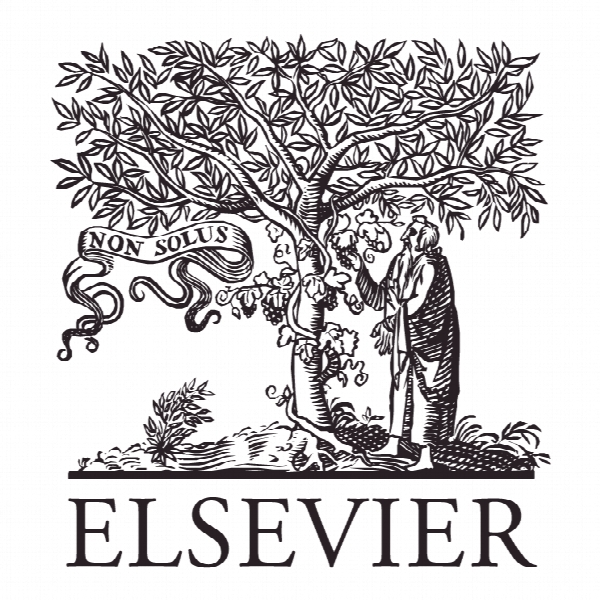رویکرد های تجربی بازاریابی عصبی و انتخاب غذا: یک بررسی اصولی Neuromarketing empirical approaches and food choice: A systematic review
- نوع فایل : کتاب
- زبان : انگلیسی
- ناشر : Elsevier
- چاپ و سال / کشور: 2018
توضیحات
رشته های مرتبط مدیریت
گرایش های مرتبط بازاریابی
مجله تحقیقات بین المللی مواد غذایی – Food Research International
دانشگاه Dept. SAFE – University of Foggia – Italy
منتشر شده در نشریه الزویر
کلمات کلیدی انگلیسی Neuromarketing, Food decision making, Neuroscientific techniques, Consumer behavior
گرایش های مرتبط بازاریابی
مجله تحقیقات بین المللی مواد غذایی – Food Research International
دانشگاه Dept. SAFE – University of Foggia – Italy
منتشر شده در نشریه الزویر
کلمات کلیدی انگلیسی Neuromarketing, Food decision making, Neuroscientific techniques, Consumer behavior
Description
1. Introduction To understand the increasingly complex consumer decision-making and consumption environment, modern marketing scholars have started to study drivers of consumers’ purchasing decisions from a multidisciplinary perspective. The marketing discipline has changed considerably, adapting to the multidimensional view of consumers’ preferences by extending and enriching concepts, theories, and methodologies derived from disciplines such as psychology, sociology, anthropology, and, more recently, neuroscience. For instance, concepts such as emotions, prejudices, and values are becoming increasingly important as intrinsic factors to understand consumers’ choices. The term neuromarketing was initially introduced by a Dutch organizational theorist and marketing professor, Ale Smidts, in 2002 and is defined as “the study of the cerebral mechanism to understand the consumer’s behavior in order to improve the marketing strategies” (Boricean, 2009). One year later, in 2003, scientists took advantage of fMRI brain imaging techniques to study and understand consumers’ preferences about common beverage products such as Coca-Cola and Pepsi (McClure et al., 2004). On the one hand, interesting findings emerged from the study. On the other, the unsuccessful attempt to provide complete clarification enabling our understanding of decision making in consumers opened the floodgates to seeking in-depth answers about this new research field. In the study, researchers asked to a group of American subjects to drink either Coca Cola or Pepsi while their brains were monitored by an fMRI machine. The study did show how some areas of subjects’ brain may be differently activated according to knowing or not knowing the name of brand being consumed. In particular, it suggested that a well-known brand like Coca-Cola can elicit an area of the prefrontal lobes, considered the place of executive function, which manages attention, mediates short-term memory, and cover an important role in decision making and planning (McClure et al., 2004). The study argued that when subjects do not know which brand they are consuming, they report preferring Pepsi, and the orbitofrontal cortex on the left hemisphere is more activated when tasting Pepsi in comparison when they are tasting Coca-Cola. In contrast, when subjects do know what they are drinking, they report preferring Coca-Cola over Pepsi, and their dorsolateral prefrontal cortex is activated in a greater way together with the hippocampus in comparison to the situation where subjects drink Pepsi. From an evolutionary standpoint, the hippocampus is an old brain structure. It is located in the limbic system (in the deep center of the brain) that is generally responsible for emotional and instinctual behavior. Since this study was published, new scientific articles have appeared in the literature reporting the growing interest in neuromarketing, proposing both new research directions and potential applications (Plassmann, O’Doherty, Shiv, & Rangel, 2007) in an attempt to introduce these innovative techniques to improve upon traditional studies based on self-reports and interviews. Despite the initial skepticism (Murphy, 2008), the application of neuroscientific concepts and techniques in marketing (i.e., neuromarketing) has rapidly grown over the past few years in both academia (Plassmann, O’Doherty, & Rangel, 2010; Plassmann, Ramsøy, & Milosavljevic, 2012; Smidts et al., 2014; Yoon et al., 2012) and practice (e.g., Nielsen, GFK, Millward Brown) since the first study from McClure and his research team (2004).


